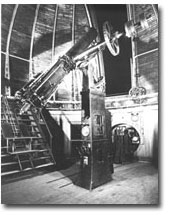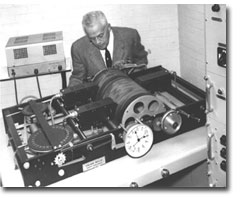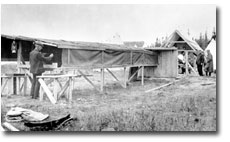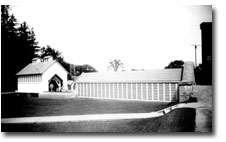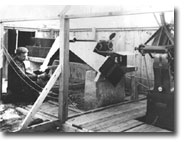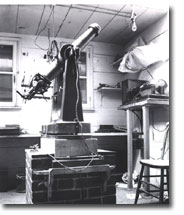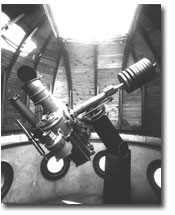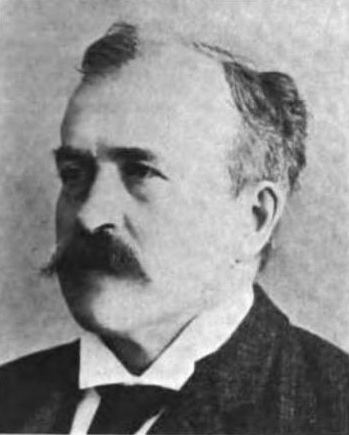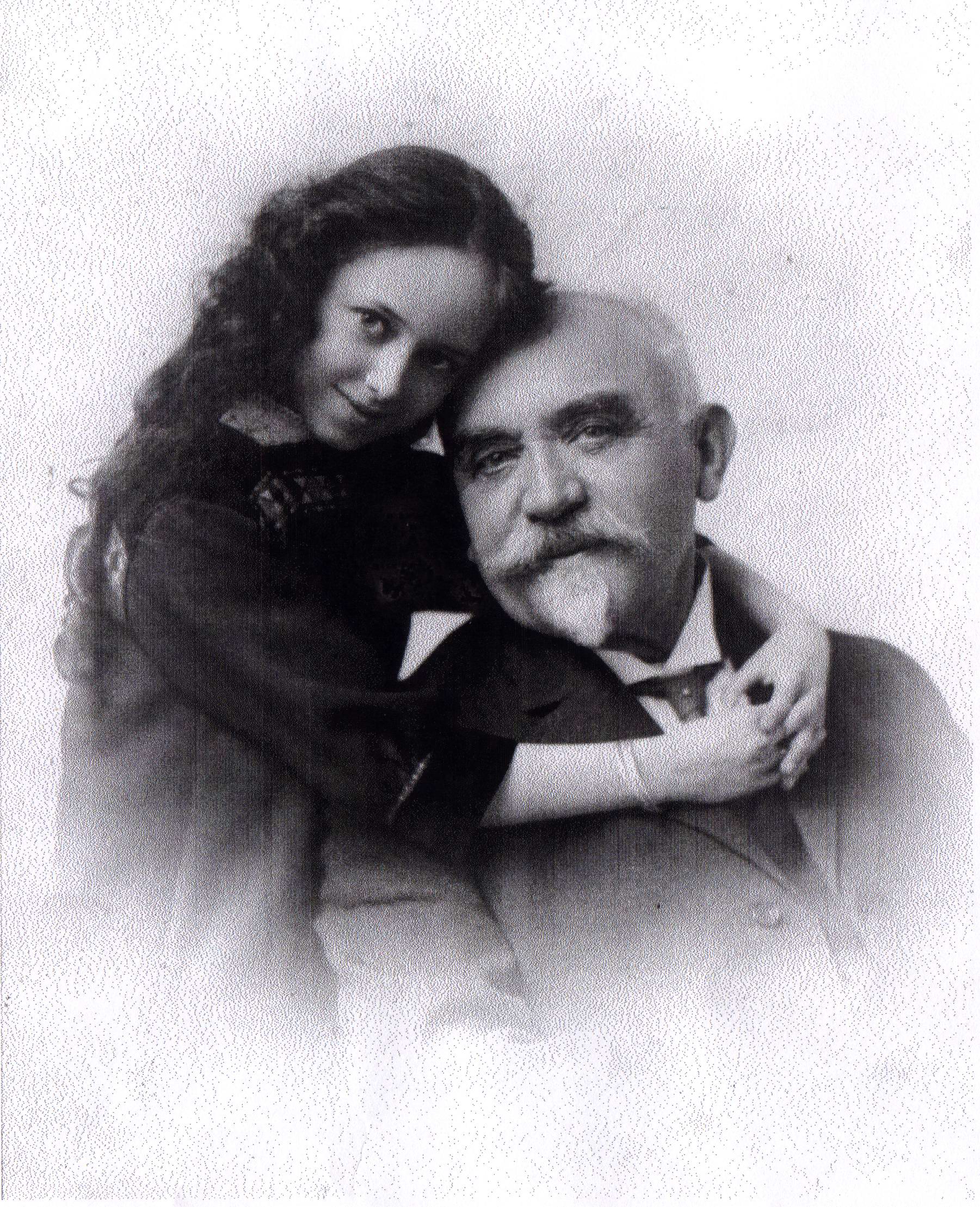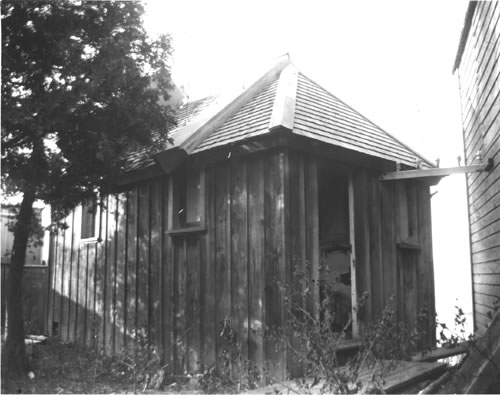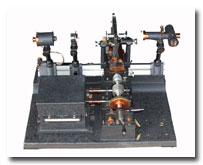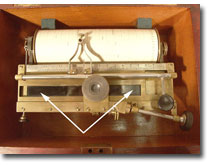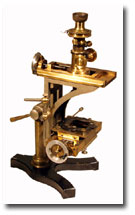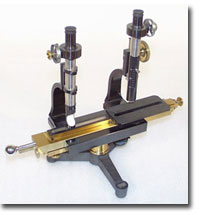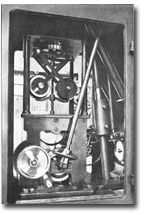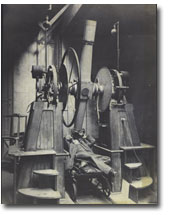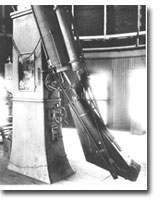
Category of Astronomical Heritage: tangible immovable
Dominion Observatory, Ottawa, Canada

Description
Geographical position
Dominion Observatory, Central Experimental Farm, Carling Avenue, Ottawa, Canada
See also:
- Dominion Astrophysical Observatory, Victoria, British Columbia, Canada (1918)
- Dominion / Carter Observatory, Wellington, New Zealand
Location
Latitude 45.393687 N, Longitude 75.714261 W, Elevation ...m above mean sea level.
IAU observatory code
790
Description of (scientific/cultural/natural) heritage
Observatories in the 19th century in Canada (https://astro-canada.ca): Cliff Street Observatory
In Ottawa, Ontario, an observatory on Cliff Street (*1890) near Ottawa River was constructed by astronomers William Frederick King (1854--1916), Édouard-Gaston Daniel Deville (1849--1924), a surveyor and astronomer in Quebec 1875, Surveyor General of Canada 1885, and Otto Julius Klotz (1852--1923), astronomer in the Dominion of Canada 1885. A transit instrument was used for timekeeping, and the observatory was used as a primary reference point for surveyors.
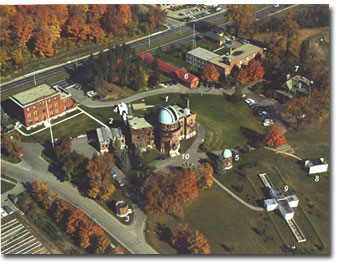
Fig. 1. Aerial photograph of the Dominion Observatory (1966), (CSTM)
- 15-inch (38-cm) diameter refracting telescope dome
- Transit room (with two "shutters" for the meridian instrument and the Cooke transit)
- The south meridian mark for the meridian instrument; the north meridian mark was removed when Carling Avenue (at top) was constructed.
- Coelostat shed; note the anemograph tower on the roof of the Observatory building.
- Dome for the astrograph (installed 1915)
- Gravity and standards testing building
- Observatory House-home for the Director / Dominion Astronomer
- Building for the PZT (photographic zenith tube) installed in 1951.
- Mirror transit building; like the coelostat shed and PZT shed, it had a roll-off roof.
- The floral sundial-a centrepiece of the approach to the Observatory since its founding.
All Photos: historic images: Canada Science and Technology Museum Archival Collections; others CSTM.
Dominion Observatory in Ottawa
In 1902, it was decided to build a larger Governement Observatory.
The architect David Ewart (1841--1921) designed the Dominion Observatory in Ottawa in Baronial style (Romanesque Revival style, historical architecture of Scotland in the Late Middle Ages, Gothic Revival, and in the Renaissance) from 1902 to 1905. The main building is dominated by a four-storey tower with a coper dome.
Later the South Azimuth building (1912) and the Photo Equatorial building (1914) were added in the same style. The star-shaped flower beds exist no longer.
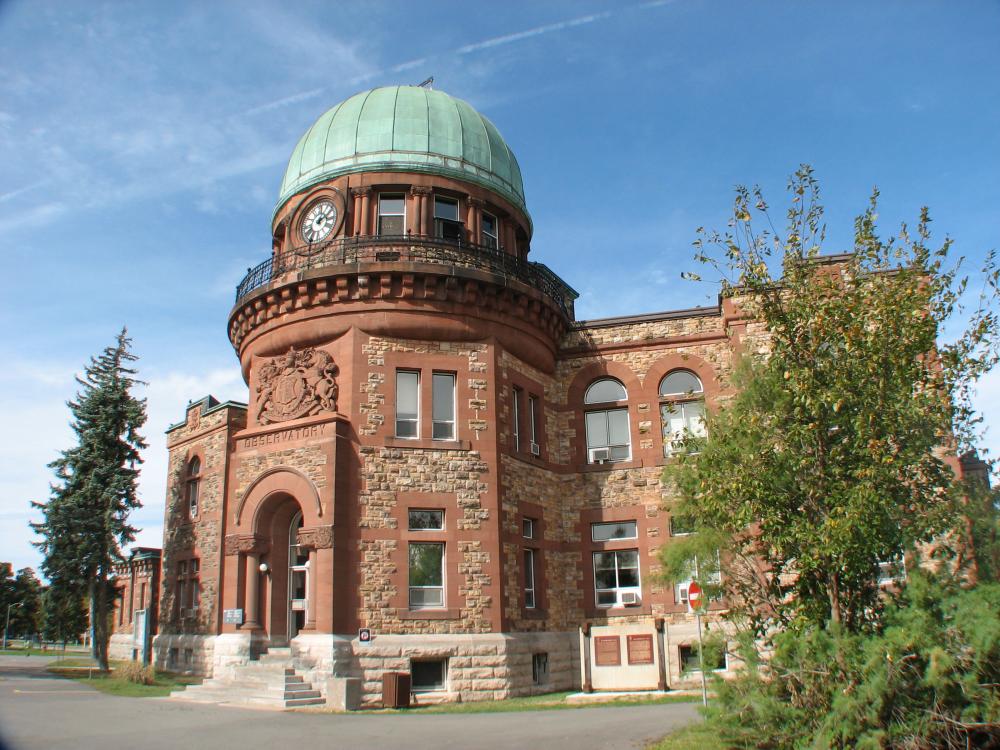
Fig. 2. Dominion Observatory (1905), (CC, Wilder)
It was the first government observatory and provider of official time in Canada. In addition, surveying war an important task (Geological Survey of Canada).
William Frederick King (1854--1916) studied at the University of Toronto (Bachelor of Arts degree in mathematics in 1874). His duties were Dominion land / topographical surveyor (1876) and first chief astronomer (1890), became the founding director (1905) of the Dominion Observatory in Ottawa, and president of the Royal Society of Canada from 1911 to 1912.
Otto Julius Klotz (1852--1923) became Assistant Chief Astronomer (1908) and Dominion Astronomer (1916).
The emphasis of the work was mainly on timekeeping: it was responsible for Canada's official time signal - the time signals were distributed via telegraph wires around Ottawa, to the railways and to other government observatories from Saint John to Victoria).
In addition, Dominion Observatory in Ottawa was active in surveying, and later in geosciences like geophysics, geomagnetism, seismology and gravimetry.
But later also some astrophysical measurements were made (photography, spectroscopy, and photometry).
But for astrophysics; the new Dominion Astrophysical Observatory, Victoria, B.C., was opened in 1918.
The Dominion Observatory in Ottawa continued his work only until 1970. In that time the National Research Council of Canada was founded. The refractor was moved from the Dominion Observatory to the Helen Sawyer Hogg Observatory (named in 1988 in honour of Canada's leading female astronomer) at the Canada Science and Technology Museum (CSTM), used until 2016.
In 2008, the building is used by the Office of Energy Efficiency.
History
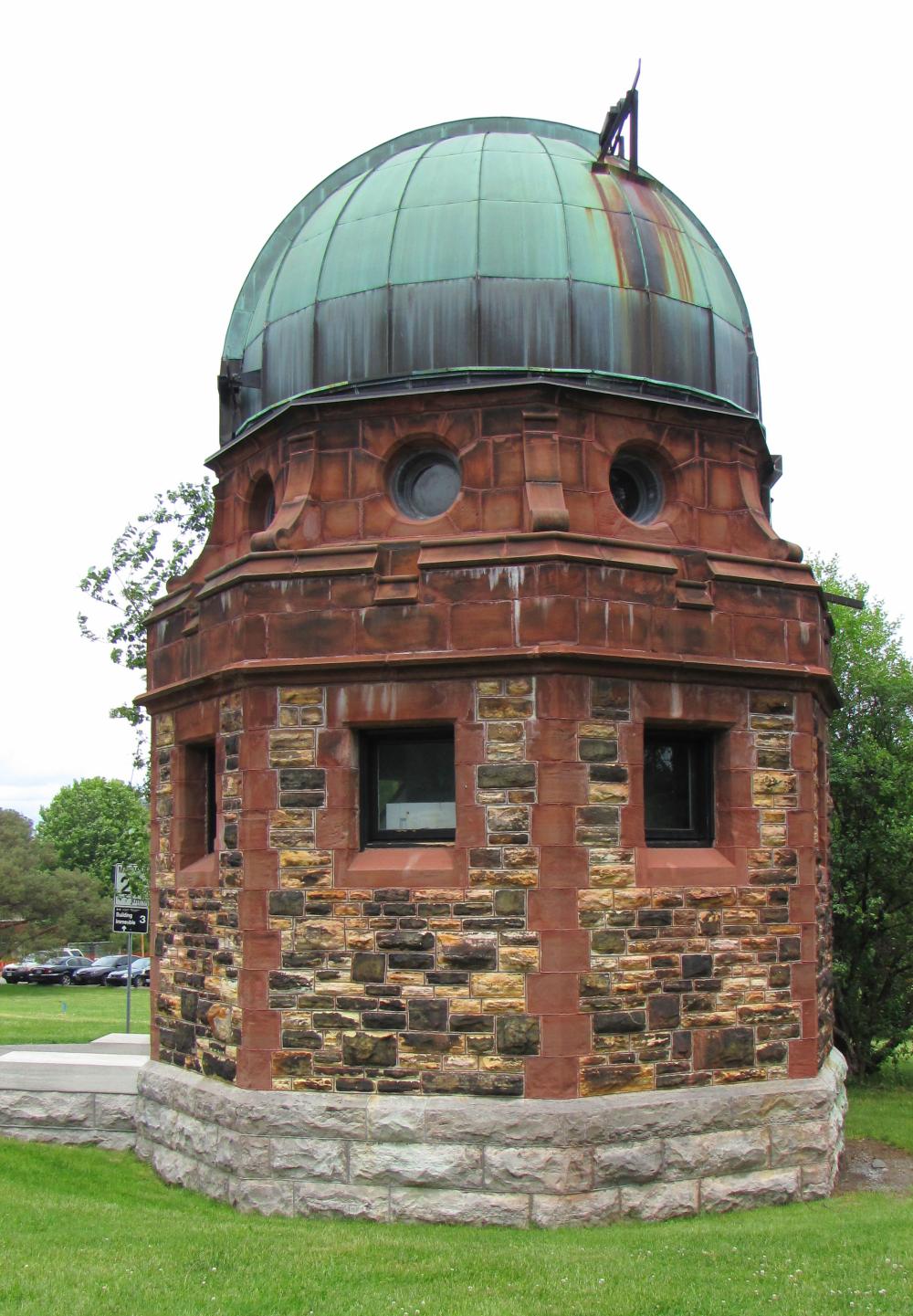
Fig. 2. Dominion Observatory (1914), (CC3, D. Gordon E. Robertson)
Instruments
(preserved in the Collection and Research Division,
Canada Science and Technology Museum,
P.O. Box 9724, Station T, Ottawa, Ontario K1G 5A3, CANADA)
- Transit instrument, Cooke of London,
used both at the Cliff Street and Dominion Observatories (CSTM 1976.0300) - Zenith telescope, Troughton & Simms of London, 1872 (CSTM 1972.0376)
- Meridian instrument, made by .... (destroyed in 1970)
- Precision Sideral Pendulum Clock with vacuum, Sigmund Riefler of Munich (1902), (CSTM 1966.0545) - precision of 0.015 second per day
- Sidereal and solar clocks, Paris (1902)
- 15-inch (38-cm) refracting telescope (f=5.7-m, f/15), at that time the largest in Canada,
John Brashear of Pittsburgh, Pennsylvania (optics) and
Warner & Swasey of Cleveland, Ohio (mounting and dome), 1901-1905, (CSTM 1974.0488)
The original mechanical clock drive (CSTM 1974.0488) of the telescope for tracking the stars, driven by falling weights, controlled by a fly-weight governor (like that invented by James Watt for the steam engines) was replaced in the 1950s in order to take photographs.
Filar micrometer, made by Warner & Swasey (CSTM 1970.0212).
Prism spectrograph (1930) for studying binary or multiple star systems.
Measuring engines for stellar spectra, made by Otto Toepfer of Potsdam (CSTM 1970.0214, CSTM 1970.0221) and by Carl Zeiss of Jena (CSTM 1970.0222).
In 1958, the 15-inch (38-cm) Brashear achromatic lens (CSTM 1975.1087) was replaced by a three-component apochromat, made by Perkin-Elmer Corporation of Norwalk, Connecticut. - Coelostat for tracking the Sun (CSTM 1966.0402),
used first in 1905 for the total solar eclipse expedition to Labrador (CSTM 1974.0754).
This solar telescope for photographing and spectroscopically studying the Sun was installed in a shed with roll-off roof. - Double astrograph (CSTM 1966.0401) with two main cameras plus a patrol camera, located in a small dome (Photo Equatorial building, 1914) near the main building.
It was used for photographing the sky and to measure the brightness of the stars on the photographs with a photometer.
One camera has an wedge-shaped objective lens prism to get the spectra of the stars in the field.
Glass Wedge Photometer, made by Warner & Swasey of Cleveland, Ohio, 1903 (CSTM 1970.1516)
Photometer using light and electrical signals, made by Kipp & Zonen of Delft, Netherlands, 1930s (CSTM 1970.0213) - First Talking clock (time signal broadcast on CBC Radio from the 1930s), replaced by an Ateliers Brillié Frères machine, 1955 (CSTM 1966.0791).

Fig. 3. Directors of Dominion Observatory, ()
Directors
- 1905 to .... -- William Frederick King (1854--1916)
- ...
State of preservation
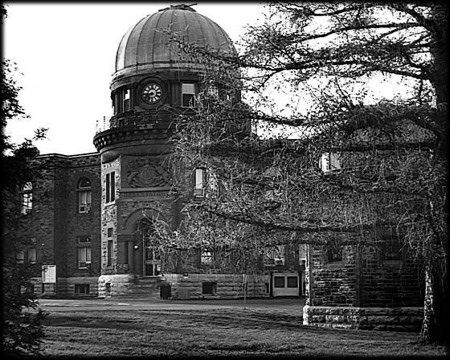
Fig. 4a. Dominion Observatory Ottawa (Pierre-Lachaine)

Fig. 4b. Dominion Observatory Ottawa (CC4, Harleyd613)
The Dominion Observatory in Ottawa (1905), Romanesque Revival and Edwardian Classicist styles, is well preserved.
Treasury Board Policy on Management of Real Property
Designation Date: 1992-12-10, FHBRO Report Reference: 92-035, 92-41 and 92-42, DFRP Number: 0862500
Most of the instruments can be found in the the Canadian Museum of Science and Technology (CMST). The 15-inch-refracting telescope was moved to the Helen Sawyer Hogg Observatory in the CMST for public star gazing.
Comparison with related/similar sites
no information available
Threats or potential threats
no information available
Present use
The Dominion Observatory in Ottawa was transferred to the National Research Council of Canada (NRC) in 1970.
The former Dominion Observatory is now used for geophysics, for the gravity program of Natural Resources Canada.
Astronomical relevance today
The Dominion Observatory in Ottawa is no longer an astronomical observatory.
References
Bibliography (books and published articles)
- Ackerman, Brenda: Marking the line: The surveying career (1872--1892) of Otto Julius Klotz. Wilfrid Laurier University (M.A. thesis) 1995.
- Basham, Peter William & Larry Newitt: A historical summary of Geological Survey of Canada studies of earthquake seismology and geomagnetism. In: Canadian Journal of Earth Sciences 30 (1993), 2, p. 372-390.
- Brooks, Randall & Calvin Klatt: The Dominion Observatory - 100th Anniversary. (https://www.casca.ca/ecass/issues/2005-me/features/brooks/e-Cassi_DomObsV4.htm)
- Hodgson, John: The History of the Dominion Observatories: I 1905--1946; II 1946 -- the present. Ottawa 1965.
- Brooks, Randall & Calvin Klatt: The Dominion Observatory - 100th Anniversary. (https://www.casca.ca/ecass/issues/2005-me/features/brooks/e-Cassi_DomObsV4.htm)
- William Frederick King. In: Dictionary of Canadian Biography (online ed.). Toronto: University of Toronto Press 1979-2016.
Links to external sites
- Dominion Observatory, Ottawa, Ontario
- Observatories in the second half of the 19th century in Canada -- The first astronomical observatory in North America was Canadian (Jesuit priest Joseph-Pierre de Bonnécamps, College of Quebec from 1750 to 1759)
- Dominion Observatory -
Classified Federal Heritage Building - Dominion Observatory, Ottawa (Wikipedia)
- William Frederick King (1854--1916)
Links to external on-line pictures
no information available
No multimedia content published
Currently there is no multimedia content published for this case study






